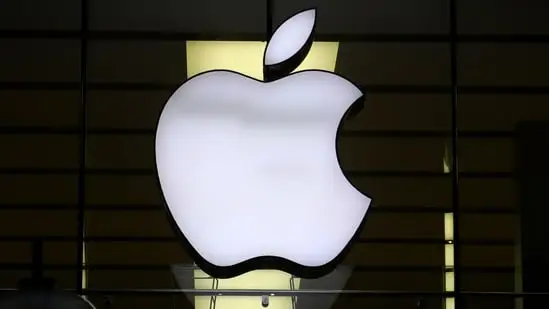A few years ago, Apple started assembling some of its products in Vietnam and India, reducing its reliance on China. The Cupertino-giant is preparing to turn the two countries into important global manufacturing hubs. By the end of 2022, Apple will shift 5% of the world’s iPhone 14 production to India, and by the end of 2025, it will increase that country’s manufacturing capacity to make 25% of all iPhones.
As New Delhi works to turn India into a manufacturing hotspot, the nation has recently enticed Foxconn and Wistron to invest by providing generous subsidies. With “ample labor resources and competitive labor rates,” the presence of foreign production giants makes India a viable destination.
By 2025, Apple hopes to relocate some of its iPhone production out of China because of the country’s unstable geopolitical situation and the region’s severe COVID-19 lockdowns. One in every four iPhones will be produced in India. Due to China’s precarious geopolitical scenario and the severe COVID-19 lockdowns in the area, Apple hopes to move some of its iPhone production there by 2025. India will create one in every four iPhones.
“Taiwanese vendors such as Hon Hai and Pegatron play a key role in the relocation to India. In the medium to long term, we also expect Apple to qualify local India manufacturing suppliers,” a JP Morgan analyst was quoted in the Reuters report as saying.
What purpose does Apple’s “Make in India” initiative serve?
Tim Cook, the CEO of Apple, discussed the potential for manufacturing and retailing in India during a meeting with Prime Minister Narendra Modi in New Delhi in May 2016. This was in keeping with the government’s ‘Make in India’ campaign.
When the phone was already more than a year old, the $2.5 trillion American tech giant began its manufacturing in India with the entry-level iPhone SE model through contract manufacturer Wistron the next year. In order to shorten the time between the introduction of a new model in India and its production here, Apple has since contracted with Foxconn and Pegatron to produce iPhones locally.
In July 2020, ten months after its release, the iPhone 11 began to leave these plants. The manufacturing of the iPhone 12 began with a lag of fewer than six months, whereas the production of the iPhone SE 2020 began within three to four months of its announcement.
According to a recent report by Bloomberg, Wistron and Tata Group are in negotiations to form a joint venture to produce iPhones in India. The first Indian business to produce iPhones would be Tata if the deal is finalized. While Wistron’s manufacturing is in Karnataka, Pegatron and Foxconn’s facilities are in Tamil Nadu.
Apple’s decision to increase production capacity here was partially influenced by local demand in India, the second-largest smartphone market in the world. The Production Linked Incentive program for the production of smartphones supports this. The PLI program covers all three of Apple’s Taiwanese manufacturers of iPhones in India.
According to reports, Apple and Tata Electronics have been collaborating on the design and production of mechanical components for the iPhone for almost two years. Tata Electronics has a manufacturing plant in Tamil Nadu. This might enable Apple to add between 5% and 6% more value to the iPhone. If the test is a success, Tatas may play a significant role in Apple’s extensive, China-centric global supply chain.

Leave a Reply
You must be logged in to post a comment.